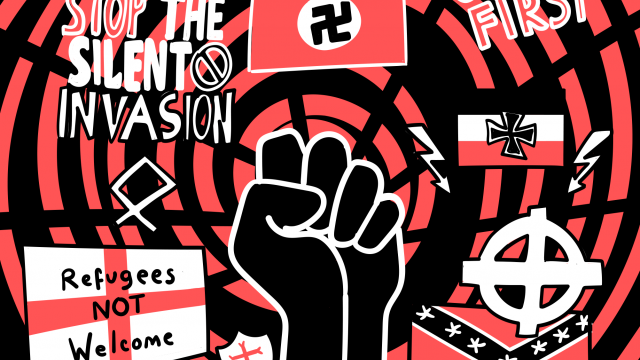
‘Hot periods’ of anti-minority activism and the threat of violent domestic extremism: Towards an assessment framework
Violent domestic extremism is not a linear or evenly-spaced threat. Rather, it is more likely to emerge during ‘hot periods’, in which movement actors, and sometimes also countermovement actors, intensify their efforts to influence policy and public opinion and capture media, policy and public attention.
During such periods, these ‘violent opportunity structures’ can open up, making violence more likely. For example, revenge dynamics between activists and their opponents, or ideas about arriving at a critical juncture in their struggle, can make violence appear for some activists not just legitimate, but a moral or strategic requirement.
Where violent escalation does occur, this can open the violent opportunity structures further still by expanding the parameters of ‘appropriate’ violence and intensifying processes of societal polarisation.
Yet hot periods of activism do not always lead to violence or violent escalation, and often, when they do, it is limited in degree or only short-lived. Furthermore, even during hot periods characterised by significant violence, there are usually some movement actors who seek to limit the use of violence by their fellow activists or innovate away from violence.
The aim of this project then is to generate new policy- and practice-relevant insight about the pathways towards and away from non-state actor violence during periods of intense anti-minority activism.
The research will have a number of possible uses. Foremost among these, it is anticipated that the research will enable state, civil society and possibly also commercial actors (a) to enhance their assessments of the threat of violent escalation during and in the aftermath of hot periods of anti-minority activism; and (b) to more accurately anticipate how planned interventions are likely to play out on the ground.
The project will be based on a cross-case analysis of the pathways towards and away from violent escalation during periods of intense anti-minority activism, offline and online, in four cities and towns across three countries (UK, USA and Germany). The research uses documentary analysis, key informant interviews and social media analysis. Particular attention will be paid to examining the intersections between developments offline and online.

